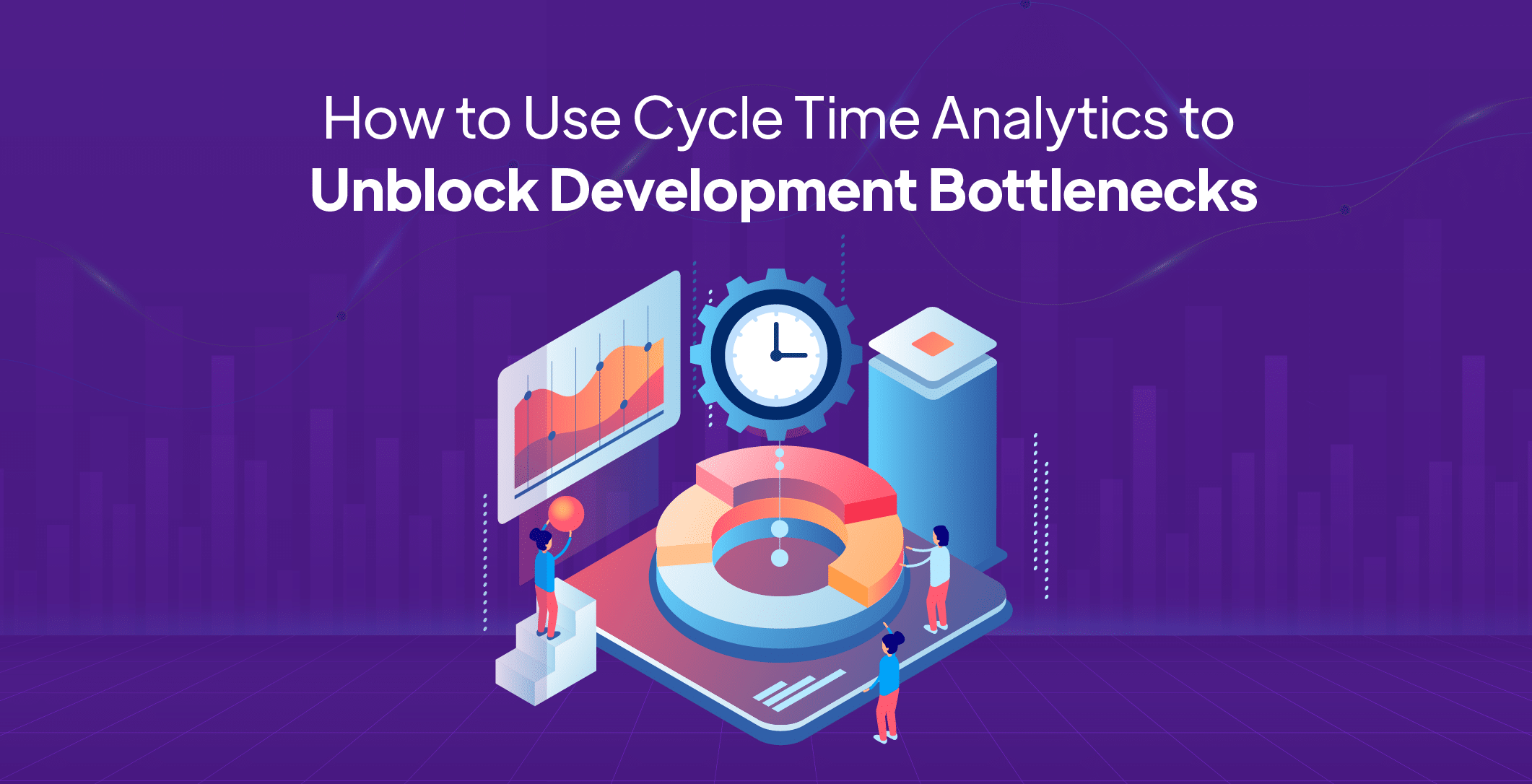Creating solutions for user-friendly apps and websites is one thing, but web API design is a whole different game. Application Programming Interface is like a set of rules that allows various apps and systems to work together smoothly. When it comes to API development, it’s a bit like creating a special language for programmers. You’re essentially building an interface for programmers you’ve never met, and they’ll be quick to find any issues with your program.
Web APIs can make your applications more interactive and give users a better experience. Designing a top-notch Web API is more than just writing lines of code. Keep it simple – the main rule. So, do you grasp the fundamental principles of a successful enterprise web development? If not, we’re here to jog your memory. It’s time to level up your API game, ensuring it resonates with users.
Rule number 1: Clarity is Key
A great web API design starts with making things clear and straightforward. It’s important that both developers and the systems interacting with your API can easily understand what it’s all about – its purpose, endpoints, and how data is structured. When you’re building your API, keep things simple and consistent. Use clear and concise names for endpoints, methods, and parameters to make it easy for everyone to read and understand.
Documentation is another crucial aspect. Think of it as a user manual for your API. Developers who want to integrate with your API will rely on this documentation to understand how to work with it. Include details about how to authenticate, the format for sending requests and receiving responses, how errors are handled, and any other important information. Tools like Swagger or OpenAPI specifications can help you create and maintain well-organized documentation.
The design of your API should follow intuitive patterns, making it easy for developers to predict the behavior of different endpoints. Consistent naming, well-defined error messages, and standardized responses contribute to a clear and user-friendly API design.
Rule number 2: Consistency Always
Consistency is a golden rule for any website designing in Bangalore. A consistent API provides a predictable environment for developers, reducing the learning curve and minimizing errors during integration. Consistently naming endpoints, methods, and parameters across your API promotes a cohesive and user-friendly experience. This ensures that developers can easily predict the structure of requests and responses based on established patterns.
When it comes to response formats, stick to widely adopted standards like JSON. Consistency in data representation enhances interoperability, making it easier for developers to consume and manipulate data from your API. Additionally, implement standardized error responses with clear error codes and messages. This not only aids in troubleshooting but also contributes to a more reliable and resilient integration process.
Rule number 3: Prioritize UX
User experience (UX) is not just a concern for front-end enterprise web development; it’s equally important in the world of Web API design. Developers who integrate with your API are the users, and their experience profoundly influences the success of your API.
To prioritize UX in your API, consider the following aspects:
a) Predictability: When developers interact with your API, they should be able to anticipate the behavior of different endpoints and understand how to structure requests and interpret responses.
b) Performance: Minimize unnecessary data in responses, implement caching mechanisms, and consider pagination for large datasets.
c) Error Handling: Provide clear and informative error messages that guide developers in diagnosing and resolving issues.
d) Rate Limiting: Clearly communicate rate limits in your documentation and provide usage analytics to help developers monitor their API usage.
Rule number 4: Version Control
Web applications evolve over time, and so do their APIs. As you introduce new features, fix bugs, or make enhancements, it’s essential to manage versioning effectively. A top-notch website designing in Bangalore ensures effective version control to streamline the development process.
Here are key considerations for version control in your API:
a) Semantic Versioning: This consists of three numbers and follows a clear set of rules to help developers understand the impact of a new version on their existing integrations.
b) Backward Compatibility: Existing integrations should seamlessly function with a new version. If unavoidable breaking changes occur, communicate them clearly in release notes and offer a transition period for developers to update their integrations.
c) Deprecation Policy: When a feature or endpoint is deprecated, provide a timeline for its removal and offer guidance on migrating to newer versions.
d) Versioning in Endpoints: Whether you prefer embedding the version in the URL or using a header, stick to the chosen method across your API.
Rule number 5: Security First
Security is paramount in any enterprise web development, and APIs are no exception. The vast amounts of data exchanged between applications through APIs make them potential targets for various security threats. Implementing robust security measures is crucial to safeguard sensitive information and maintain the integrity of your API.
Here are essential security considerations for creating a secure Web API design:
a) Authentication: Implement robust authentication methods for authorized API access. Choose the method based on data sensitivity and required access control.
b) Encryption: Secure data transmission with HTTPS to prevent interception. Consider encrypting data at rest, especially for sensitive information.
c) Input Validation: Validate incoming data to thwart injection attacks and maintain API integrity. Check parameters, headers, and request bodies for malicious input.
d) Rate Limiting: Mitigate abuse and denial-of-service threats with rate limiting. Restrict the number of requests per user or application within a specified time frame.
e) Regular Audits: Conduct routine security audits to identify and address potential vulnerabilities. Stay informed about security best practices and emerging threats to ensure API resilience.

To Conclude
Creating a great Web API design is not just a technical challenge. As technology continues to advance, the importance of APIs will only grow. Remember, creating a great Web API is an ongoing process. Stay engaged with your developer community, take feedback, and be open to making improvements.
The success of your API is not just in the code; it’s in the positive experiences and innovative solutions it enables for developers and end-users alike. An exceptional Web API contributes to the seamless flow of information and functionality across the digital world. Zerozilla offers top-notch website designing in Bangalore to elevate your online presence. Our web development solutions go beyond mere functionality to create a dynamic and user-centric digital experience.




